How To Prep Your Car For The Track
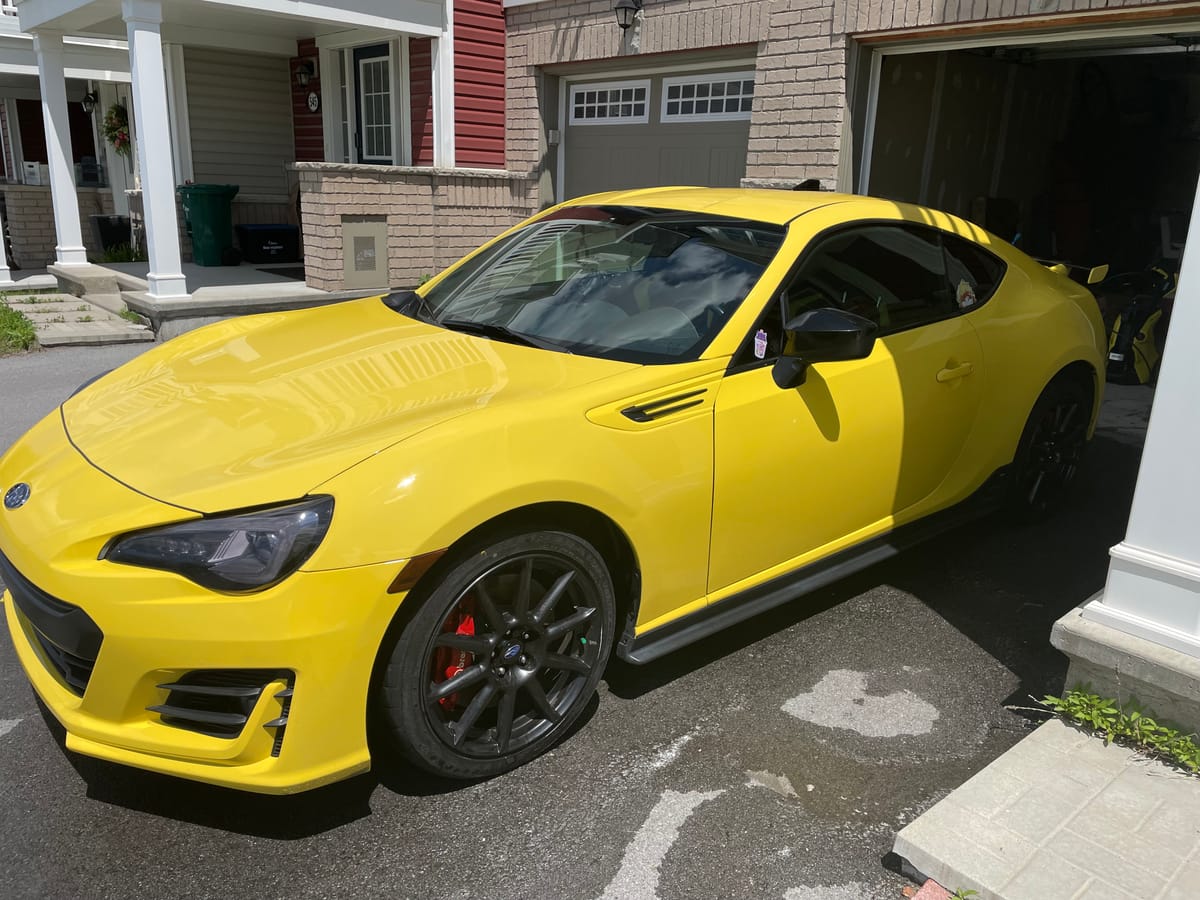
When I first starting writing this blog, I took a look at all the things I had in my calendar related to motorsports, with the intention of writing about them as they pass. Last weekend was the Victoria Day Speed Fest at Canadian Tire Motorsports Park. This post won't be about that, because I didn't go. Instead, we ventured out of town to go and meet my baby niece for the first time, and celebrate my nephew's birthday.
I don't have a car update this week either since the BRZ is sitting happily in my garage. It's likely that it stays in there, with the exception of the odd Sunday drive, until after the next Ontario Time Attack double header weekend on May 31st and June 1st. Once those events are done I have a few weeks of down time where I can swap out the two front wheel hubs, and install some alignment hardware without worrying about missing any events while the car is down. I'm giving myself a few weeks of buffer in case the front hubs are anywhere near as stubborn as the rear one I did in my previous post.
So, since I've had some down time this week, let's talk about your car, and how we can get you on track this summer.
I want to preface this post by saying that "Track Prep" isn't exactly a one size fits all guide to getting on track. There are different things you need to do based on your skill level, your level of experience, and of course the kind of car you drive. For the sake of this post, I want to try to keep it as general as possible. This means that I'll be focusing more on what kind of a driver you are, and less on what kind of car you drive. Of course, there are some blanket mods that should be done to most, if not all cars if you're going to drive them on a race track regularly.
That being said, if you have never been to a race track, or have never done any performance driving before, I highly suggest you take the following to heart.
You do not need to do anything to your car for your very first track day!
Why?
If you have never been to a race track before, it is very likely that you will be either paired with a coach, or placed in a lead follow scenario, possibly referred to as a pod. If both of these scenarios you WILL NOT reach a pace anywhere near a pace that would require the mods we're going to talk about. Your coach will make sure of that.
Go to the race track, do a full day, or half day HPDE if, and see if it's something that you actually enjoy and want to continue doing, then come back and keep reading.
Now that you've gone to your first track day, let's get started.
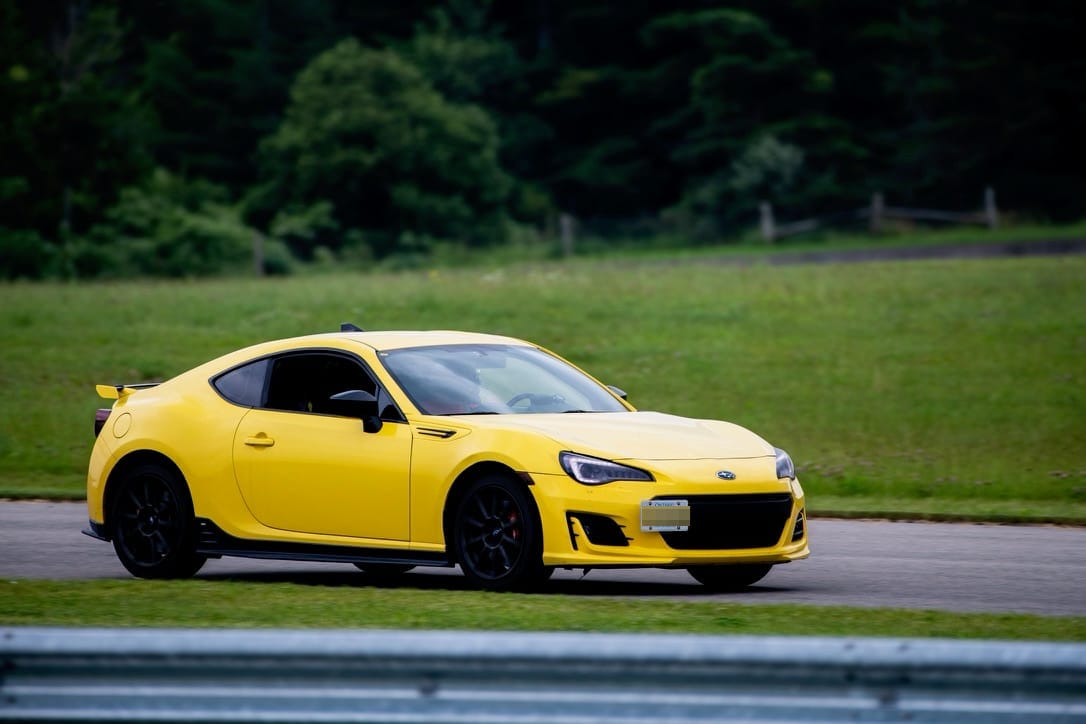
So you've done your first track day, and you've got the itch to go back. You've decided that the race track is your happy place, and carving corners is your new hyper fixation. Your mind is buzzing with ideas on how to make your car faster. How to make it "better!" If this sounds like you, you might want to check out my post about modding your daily driver. This of course doesn't apply if you are only tracking you weekend car.
The three main things we're going to talk about in this post are:
Brakes
Alignment
Tires
This is the holy trinity of track preparation. These are the blanket modifications that apply to every aspiring track rat. And the best part about these key mods, is that they are all "Wife Friendly." That is to say that if you're pulling double duty, and carting the family around in your track weapon, it's unlikely that they'll notice, if that's important to you.
Brakes
The best place to start when it comes to stopping, is brake fluid, and pads. Flush out the factory brake fluid with some motorsports high temp brake fluid. In my BRZ I used Motul RBF 600 which is good to some ridiculously high temperature. This will stop the fluid from boiling after multiple hard stops, and give you some consistency and confidence in your braking. You can typically pick this stuff up on Amazon here if you're in the US, and here if you're in Canada.
Next, swap out your stock brake pads for a more aggressive, track focused compound. There are lots of brands out there that will make a double duty pad which will do fine on the street, but also hold up to abuse on the track. When I had my Focus, I ran EBC Yellow Stuff pads, which are. street/track hybrid. I can't say I ever experienced any brake fade with them paired with Motul high temp brake fluid. This included during Time Attack competition. Are they the best pad? Probably not. But they worked fine for what I needed them to. Brake pads are a little bit tougher to find on Amazon, so it's better if you find a local performance shop who can order parts unique to your car. If you're in the Ottawa or Toronto Area and you're not sure where to go, feel free to send me an email and I can point you in the right direction.
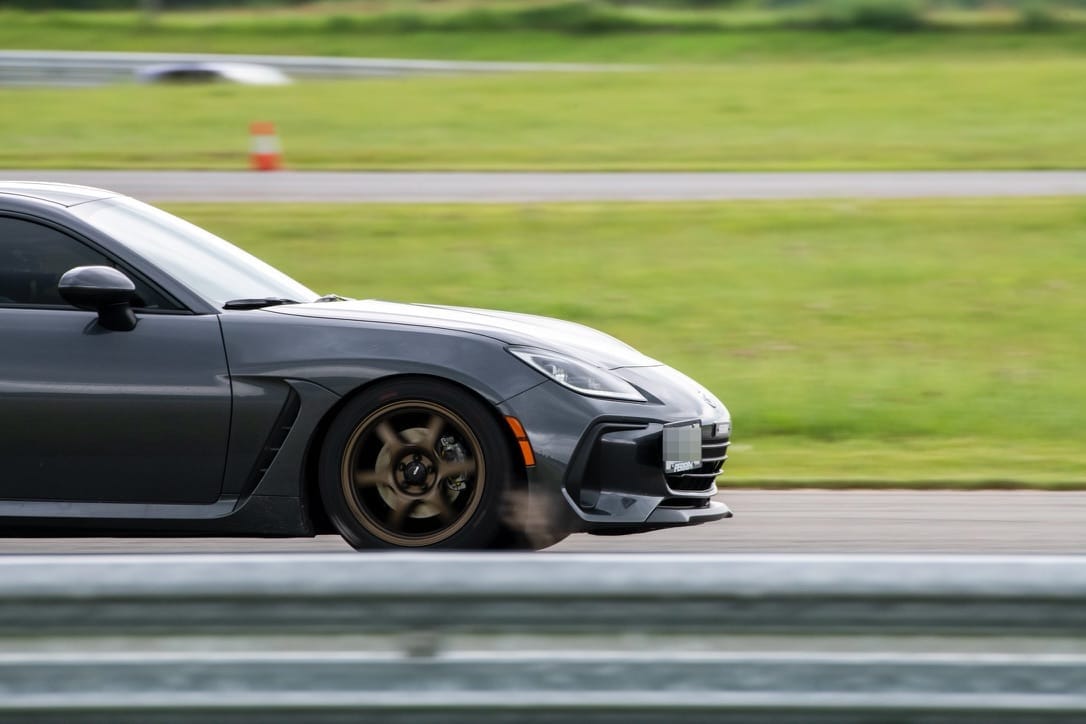
Things to consider when choosing brake pads are levels of dust, and noise. Street pads are designed to minimize brake dust, and to be as quiet as possible. A full fledged race pad like a G-Loc R12 will produce a lot of dust, which will get all over your wheels and fenders. They also squeal like banshees in the cold. Do your research and figure out what balance works for you.
You might have thought that an aftermarket big brake kit might have been on this list, but big brakes aren't a necessity. For track days, stock brakes with the minor modifications I talked about above are usually up to the challenging of dispersing enough heat to keep you safe and on track. A big brake kit is certainly a nice to have though, if you have the capital to put one in.
Alignment
A track focused alignment is a necessity if you're hitting the track multiple times in a season. However, it's a bit harder to give general advice because your ability to adjust your alignment will be dependant on the car that you have. For example, my BRZ has very little adjustability from the factory. So, I had to buy some hardware to give myself the range of adjustment that I needed.
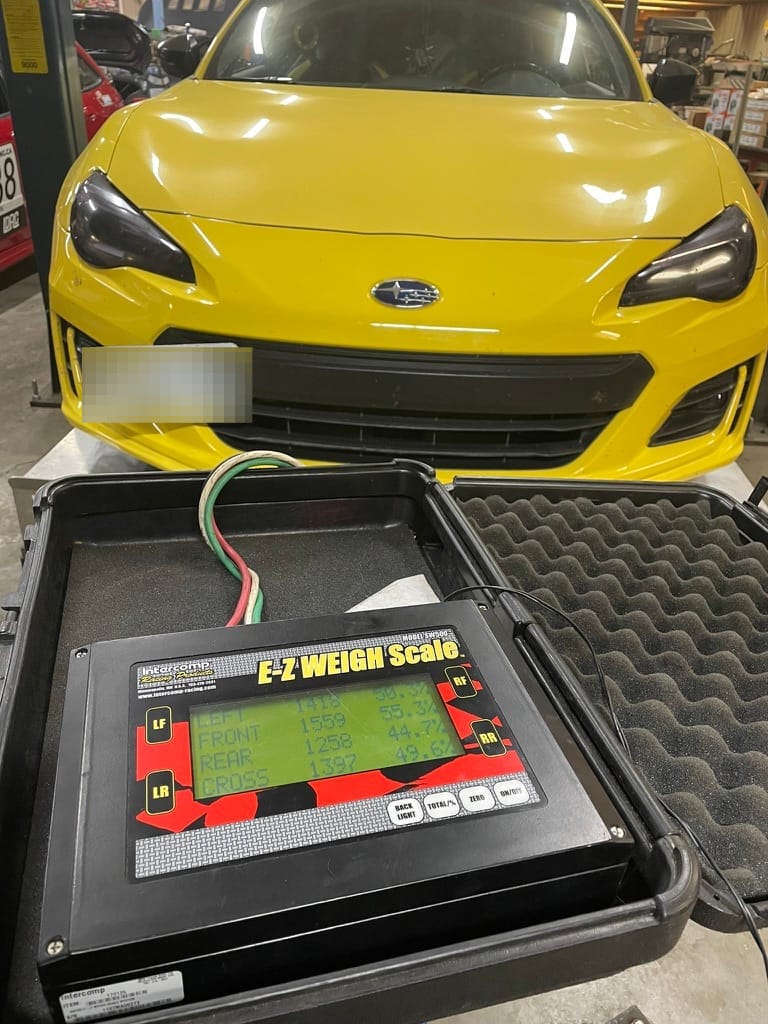
But why do you need an alignment for a track car? The first reason that comes to mind is of course performance. An alignment will help you shave seconds off your lap times as it will help you carry speed through corners.
The main reason I put it in this must-have trifecta, though, is that it will help with your tire wear. On a stock alignment with zero degrees of camber, the contact patch of your tire will be very thin. In fast corners, it will be very easy to roll the tire on to that small contact patch and wear away the rubber there. This will drastically decrease the lifespan of your tires. With a degree or two of negative camber, the contact patch increases to as much as a few inches, which will allow you to run the same tires for way more track days than if we you were to run them straight up and down.
My BRZ has -2 degrees of camber in the front with the help of a set of camber bolts, and I was able to do 11 full track days on a set of Firestone Indy 500s and still had tread left to burn this summer. But my first rear running the BRZ at OTA, I put an expensive set of Michelin tires on the car with no alignment and by the end of the 5th event, they were showing cords. Here's some examples of camber bolts on Amazon you can pick up for not too much money
You can look in to coil-overs for your car in order to get a more aggressive alignment, but coil-overs are similar to a big brake kit in the sense that they are not a necessity. Camber bolts are a low cost alternative to getting a bit of negative camber, and depending on your car, you may not even need to buy hardware.
Tires
As I talked about above, tires and alignment go hand in hand. If you put expensive rubber on your car, you want to be able to use as mush as it as you can. On the other had of that coin, you want that rubber to be sticky. Don't make the mistake of installing coilovers and a big brake kit and then putting a cheap all-season tire on. If you have a limited budget, spend it here.
Speaking of budget, the ideal setup here is to have two sets of tires. One set of all-season, or comfort focused tire, and a set of summer performance tires. I understand, though, that not everyone can jump in to buying two sets of wheels and tires, especially if they're just starting out. In that case, I would find a performance summer tire with a 300 tread wear rating or above. This includes tires like the Michelin Pilot Sport 4s, and the Continental Extreme Contact Sport. Both of the these options will give you heaps of grip in dry and wet conditions, keeping you on track for all your sessions, rain or shine.
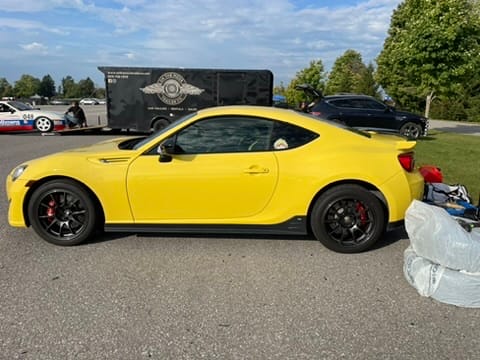
In addition to the two tires above, I want to give a shout out to the Firehawk Indy 500s. Often these tires get written off as cheap, noisy tires. But for someone who is on a budget, and wants to get as much seat time as they can on one set of tires, the Indy 500 is a great option. You'll get decent levels of dry grip, but less than desirable wet weather grip (which can be a pro or a con depending on if you like to drift or not.)
If you're fortunate enough to have a two set setup, then for your track tires, I highly recommend you look in to 200 tread ware rating tires. Keep in mind though that although these tires offer improved performance, they tend to wear much quicker. A set of Nankang CRS, for example, are likely to last 3-5 track days, depending on how hard the track, your car, and you, are on tires.
Wrap Up
One of my goals with these posts is to try to make motorsports and HPDE more accessible. I try to highlight the minimum that you need to do to get yourself started on a path of learning. I recommend that you tend to the three things I mentioned in this post, but I also want to stress that your learning should not stop here. As always, do your research, and figure out if your car has any quirks when it comes to performance driving (like oil starvation issues, for example.) And when you do select modifications, try not to get lost in the sauce, and have fun!
Cat Tax
